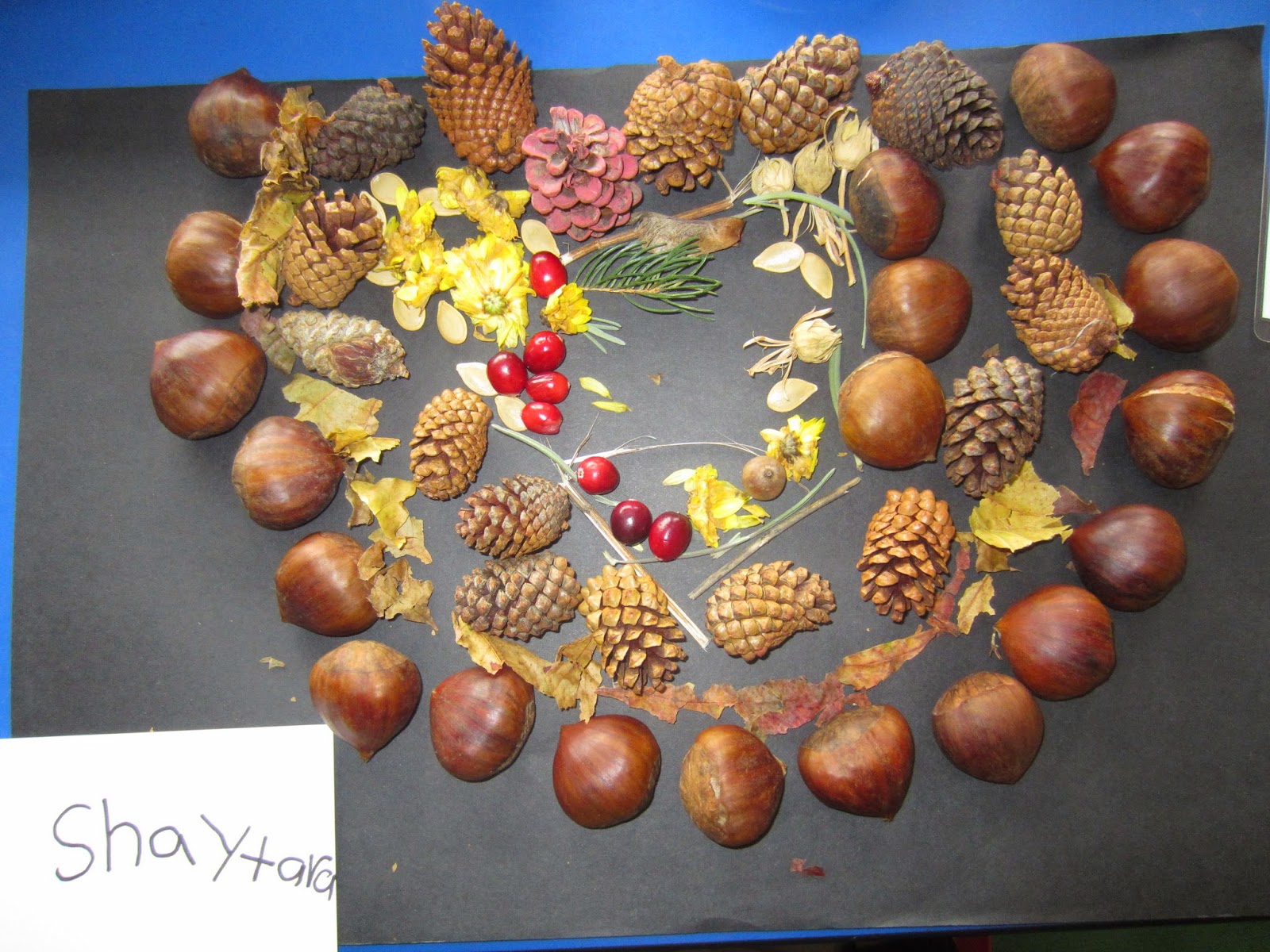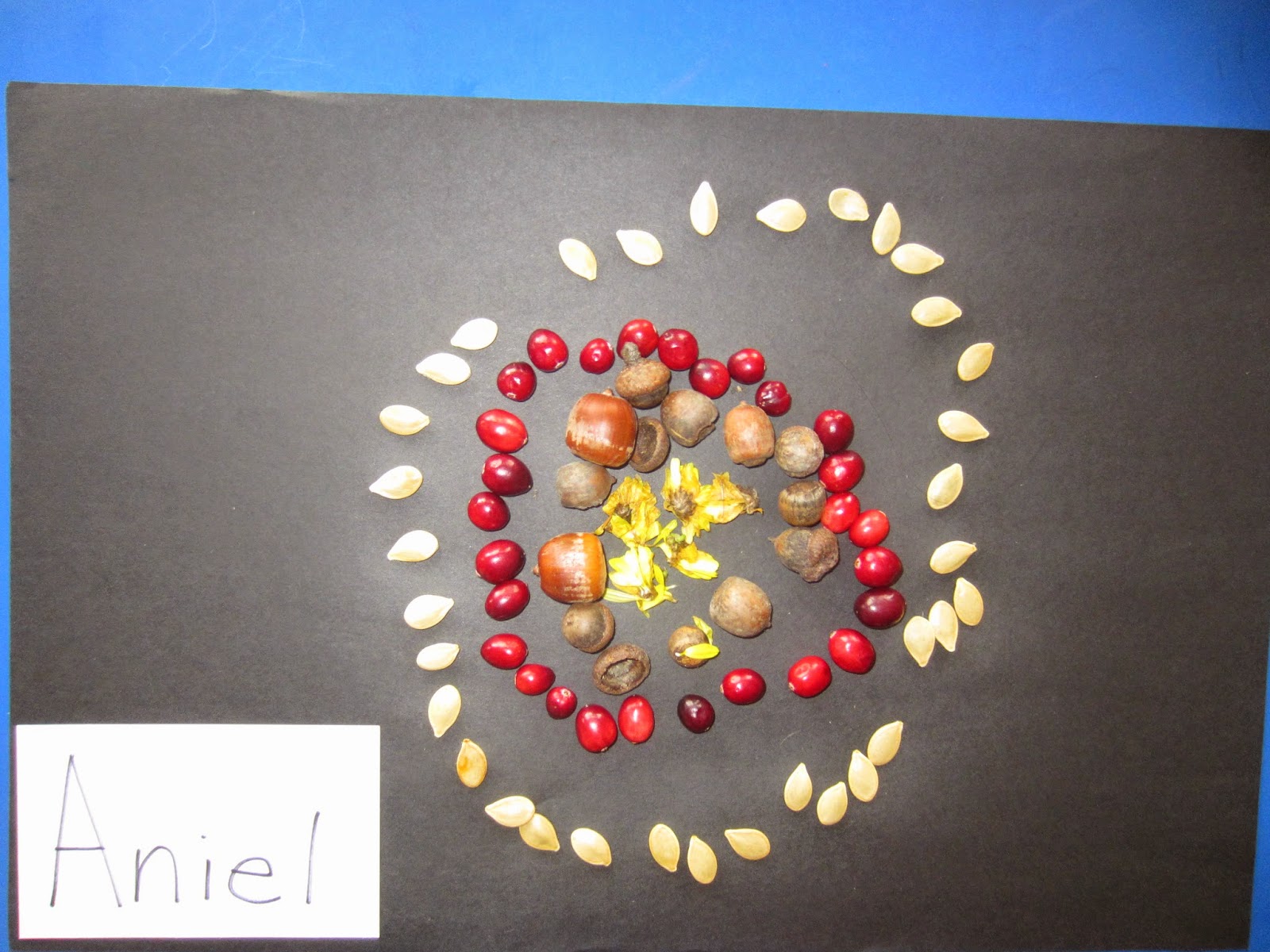.JPG) The first grade traveled to the Buffalo Museum of Science. The time was divided between exploring the exhibits of the museum, and workshops on the human body.
The first grade traveled to the Buffalo Museum of Science. The time was divided between exploring the exhibits of the museum, and workshops on the human body. .JPG)
.JPG) My group explored the museum first. We started in the exploration room. The students were immediately drawn to the water channel and the ice block center.
My group explored the museum first. We started in the exploration room. The students were immediately drawn to the water channel and the ice block center. .JPG) We later moved to the room of blue foam blocks. The students worked together to create castles, pathways, and ramps for the balls.
We later moved to the room of blue foam blocks. The students worked together to create castles, pathways, and ramps for the balls. .JPG)
.JPG)
Later we moved upstairs...and we just did not have enough time. The students were having so much fun exploring the different exhibits and exploring new concepts. We spent time in the Movement and Our Earth exhibit. They found a weather machine that replicated the wind velocity of different storms, an earthquake simulation, building a dam, and much more.
.JPG)
After lunch we began the workshops. There were three- Circulation, Muscular, and Skeletal.
.JPG)
During the Circulation workshop, the students were able to see actual lungs and simulate the inflation of lungs.
.JPG)
.JPG)
In the Muscular workshop, the docent explained the different types of muscles and their functions. The students did different exercises to activate their muscles.
.JPG)
.JPG) In the final group, students got to touch and observe actual human and animal bones. The docent talked about the different bones in the body and joints.
In the final group, students got to touch and observe actual human and animal bones. The docent talked about the different bones in the body and joints. This excursion was a fantastic way to introduce our mid-year theme, the human body. The students are so interested in their own bodies and their functions!
.JPG)
.JPG)
.JPG)
.JPG)
.JPG)
.JPG)
.JPG)
.JPG)
.JPG)
.JPG)


















